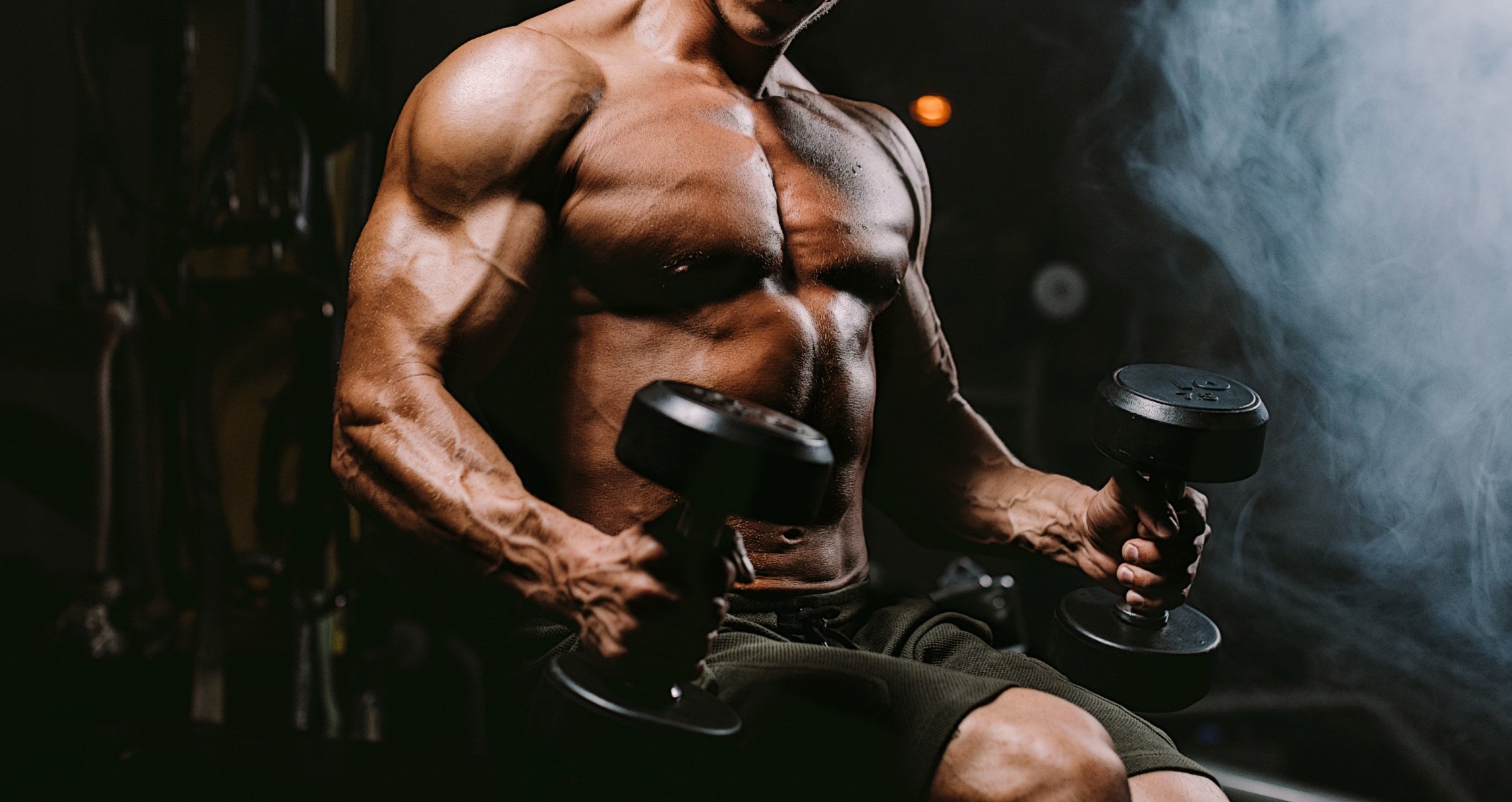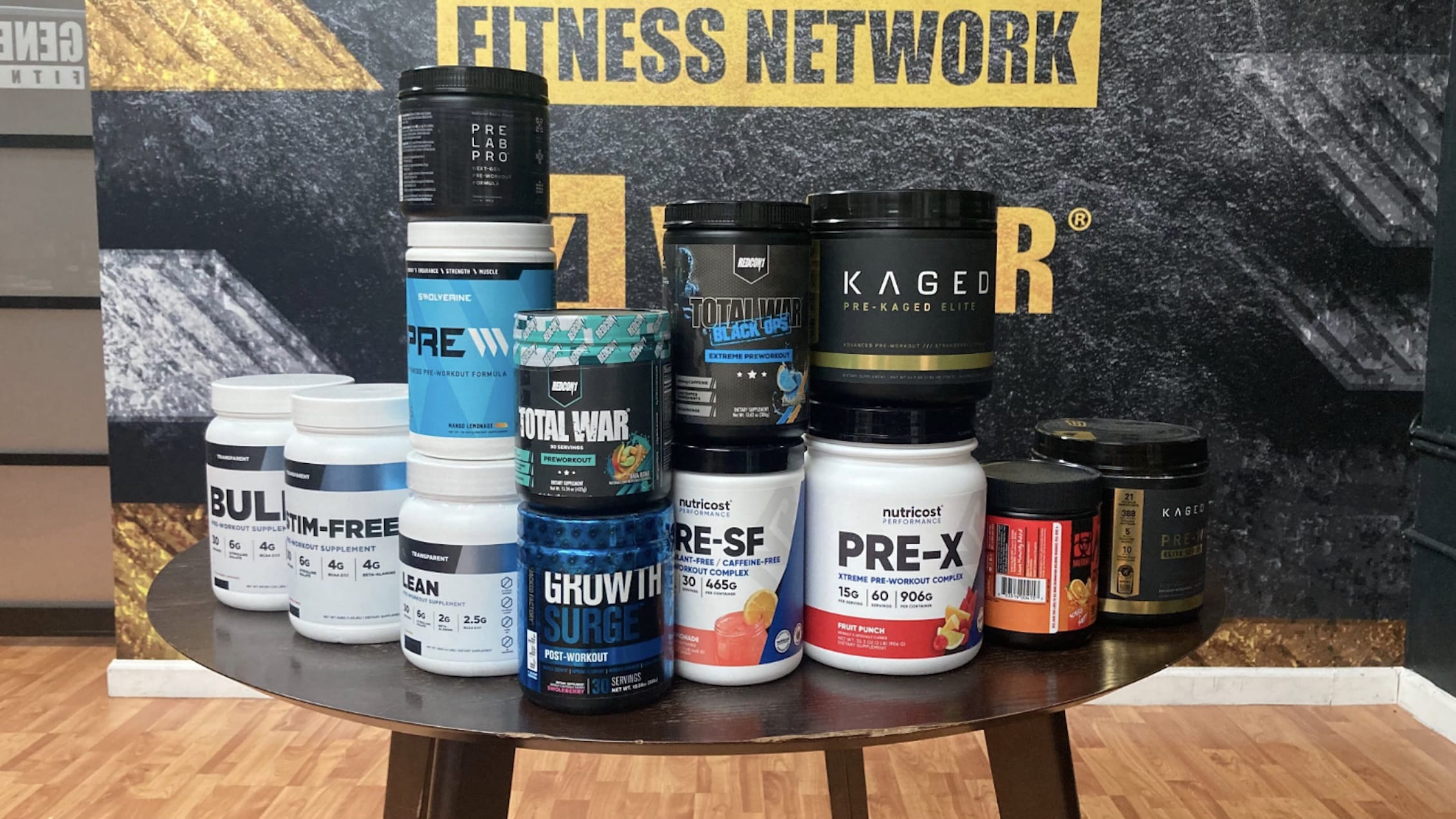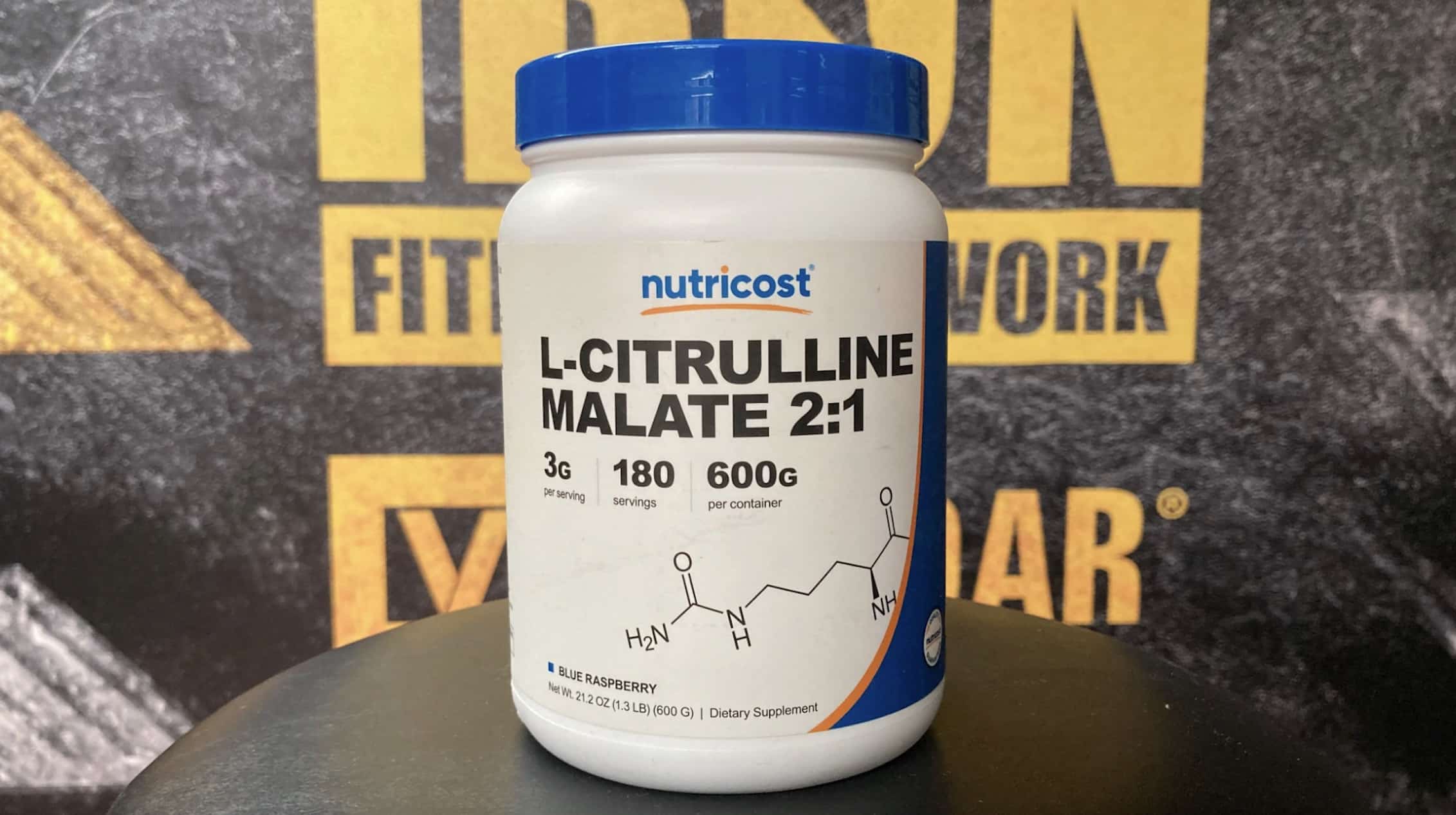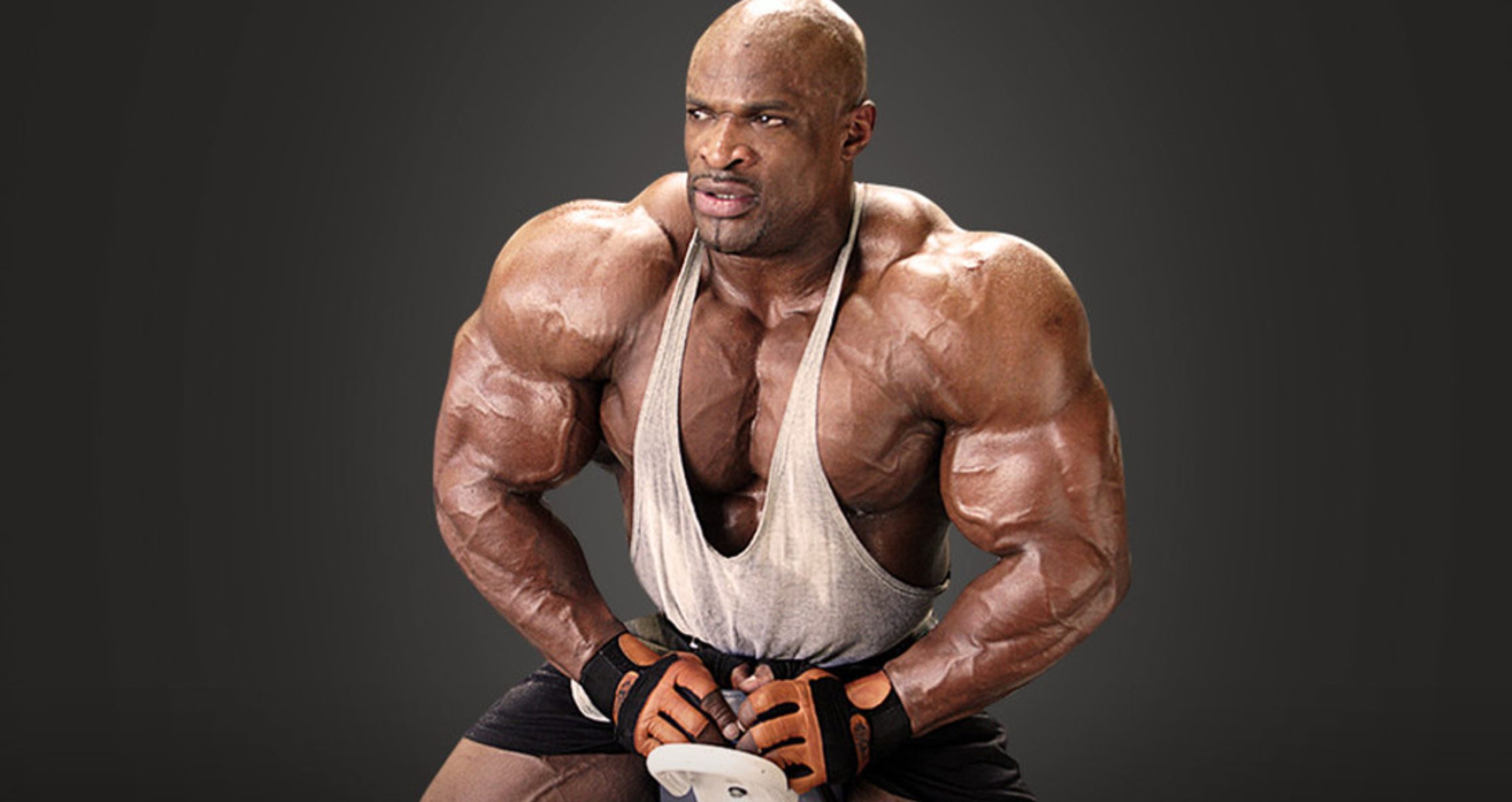Richters was on a 7,000-calorie diet to prepare for his role in “Reacher.”
Fans of Reacher were thrilled to see Alan Ritchson (Jack Reacher) face off against someone who could match his imposing presence in season three. However, “match” might not be quite the right word — at 7’2”, Olivier Richters, also known as “The Dutch Giant,” towered over Ritchson. As the tallest professional bodybuilder in the world, Richters is a formidable figure both on and off-screen.
But like the intense fight scenes in Reacher, Richters’ life hasn’t always been easy. Born with a condition called pectus excavatum, he underwent a major surgery in his youth that required breaking his rib cage. Despite growing so tall, he struggled for years with being underweight — a physique he wasn’t happy with. Determined to change, Richters pursued bodybuilding with one clear goal: to build the strong, muscular frame he had always envisioned for himself.
Through relentless training and dedication, Richters transformed his body, adding significant lean muscle mass and achieving a powerful, awe-inspiring physique. But how does someone of his stature maintain such remarkable form? His journey involved a grueling workout regimen and an astonishing diet of 7,000 calories daily while preparing for his role in Reacher.
Are you curious how the world’s tallest professional bodybuilder eats and trains? This post dives into Olivier Richters’ workout routine, high-calorie diet, and other fascinating details about the man behind The Dutch Giant.
| Full Name: Olivier Richters | ||
| Weight | Height | Date of Birth |
| (140.6 kg – 160 kg) 310 lbs – 352 lbs | (218.5cm) 7’2″ | 09/05/1989 |
| Profession | Era | Nationality |
| Actor, Bodybuilder, & Business Owner | 2000s, 2010s, 2020s | Dutch |
Who Is Olivier Richters?
Olivier Richters, actor, bodybuilder, and businessman, was born in the Netherlands. He was always a tall, lanky kid with a birth defect called pectus excavatum. This means he had a chest deformity, which was later corrected by surgery.
One would think that his height would lead him to pursue a career in basketball, but he was never interested in the sport. He turned to bodybuilding because he disliked how he looked. His drive was to add mass to his frame.
Richters was committed to the gym for many years and made many rookie mistakes. However, it wasn’t until later, when he changed his training plan and nutrition, that he started seeing significant changes. This included growth from 85 kg to a massive 150 kg.
Olivier Richters later started his own meat company, Muscle Meat, in his country of origin, which was a success. He has also made his mark in Hollywood, appearing in several blockbuster movies and TV shows, including Black Widow, The King’s Man, Indiana Jones and the Dial of Destiny, Gangs of London, and his latest work in the Reacher series, where he was the main villain in the third season.
Olivier Richters’ Workout Routine
Olivier Richters works closely with his coach to craft his workouts. His training approach changes to meet the demands of his job. The Dutch Giant also regularly mixes up his workouts to stay motivated and prevent a training plateau.
Full-Body Training Split
When he started bodybuilding, Richters usually used a full-body split to work all areas of his body and build a solid foundation to make his workouts easier. His full-body split targeted both the lower and upper-body muscle groups.
“The great thing about the human body is that it loves adapting, but you have to give an incentive for adapting … So what I did in the beginning years is a full-body schedule. It was just one exercise per body part done in an hour, and that worked great.”
— Olivier Richters
Lower & Upper Body Training Split
Olivier Richters enjoys his lower and upper body workout split because it’s time-saving and targets multiple muscle groups. For example, when he started his full-body split, his body adapted to this training. “The problem is your body gets used to it, and it recognizes patterns. It didn’t work anymore. It didn’t grow. What I did, I did my first split upper body, lower body. It was great because again, I did two exercises per muscle group because I had more time in the week,” Richters said.
Training Split
For his “bro split,” Richters divided his training into three days:
Once his body kept adapting to this training split, he was always ready to switch it up to keep his workouts engaging and interesting. “The reason why this split worked very well is because the playfield got a little bigger. I had more exercises to destroy a muscle group and give it incentive to grow. Also, a lot more sets for one muscle group,” he said.
“At some point, you just need to give more incentive because your body keeps adapting perfectly. So then, I went into what you guys call the “bro split.” I would do chest, triceps, and shoulders. Wednesday, leg day. Friday, back and biceps. In between, calves and abs.”
— Olivier Richters
Eventually, Richters gained some insights into his bro split training and realized he was always overtraining. So, he fine-tuned his workouts and started focusing on training to failure. This study shows that training to failure can increase muscle hypertrophy and strength (1).
“I agreed to do this. Less time in the gym, less sets, but one thing was added … one set has to be all. It’s going three times to failure in a single set instead of doing three sets or four sets single-wise and going one time to failure,” Richters said.
Shoulders, Chest, and Triceps Workout
| Exercises | Sets | Reps |
| Decline Machine Chest Presses | 3 | 17, 7, 6 (Drop Sets) |
| Incline Dumbbell Presses | 3 | 10-12 |
| Seated Dumbbell Side Raises | 3 | 10 |
| Triceps Pushdowns | 3 | 10-12 |
Leg Workout
Before starting his leg workouts, he does warm-ups for about five to six minutes. This involves one set of squatting with just a bar for 15 reps. This study shows that doing warm ups before your major exercises can help improve your exercise performance (2).
| Exercises | Sets | Reps |
| Barbell Squats | 3 | 12 |
| Leg Extensions | 3 | 12 |
| Leg Presses | 3 | 12 |
| Lying Leg Curls | 3 | 12 |
| Seated Leg Curls | 3 | 12 |
| Seated Calf Raises | 3 | 12 |
| Standing Calf Raises | 3 | 12 |
Back & Arms Workout
| Exercises | Sets | Reps |
| Wide Grip Lat Pulldowns | 3 | 10-12 |
| Seated Cable Rows | 3 | 10-12 |
| Barbell Biceps Curls | 3 | 10-12 |
Note that the goal for his back and arm workout was to always train to failure for each set.
Olivier Richters’ Diet
Olivier Richters eats 6,000 calories regularly to maintain his weight of 352 lbs (160 kgs). However, when training for Reacher, he had to up his calorie count to 7,000, which also comprised 500 g of protein daily. He divided 7,000 calories over seven meals and ate every three hours. Here is what his daily meals look like.
Meal One (1,250 Calories)
Meal Two & Three (2,111 Calories)
- Oats
- Risotto
- Chicken
- Spinach
Meal Four & Five (1,300 Calories)
- Salmon
- Spinach
- Oat Shake
Meal Six & Seven (1,270 Calories)
- Greek Yogurt (Full Fat Quark)
Follow Generation Iron on Instagram, Facebook, and Twitter for more celebrity training and diets!
References
- Santanielo, N., Nóbrega, S. R., Scarpelli, M. C., Alvarez, I. F., Otoboni, G. B., Pintanel, L., & Libardi, C. A. (2020). Effect of resistance training to muscle failure vs non-failure on strength, hypertrophy and muscle architecture in trained individuals. Biology of sport, 37(4), 333–341. https://doi.org/10.5114/biolsport.2020.96317
- Fradkin, A. J., Zazryn, T. R., & Smoliga, J. M. (2010). Effects of warming-up on physical performance: a systematic review with meta-analysis. Journal of strength and conditioning research, 24(1), 140–148. https://doi.org/10.1519/JSC.0b013e3181c643a0








